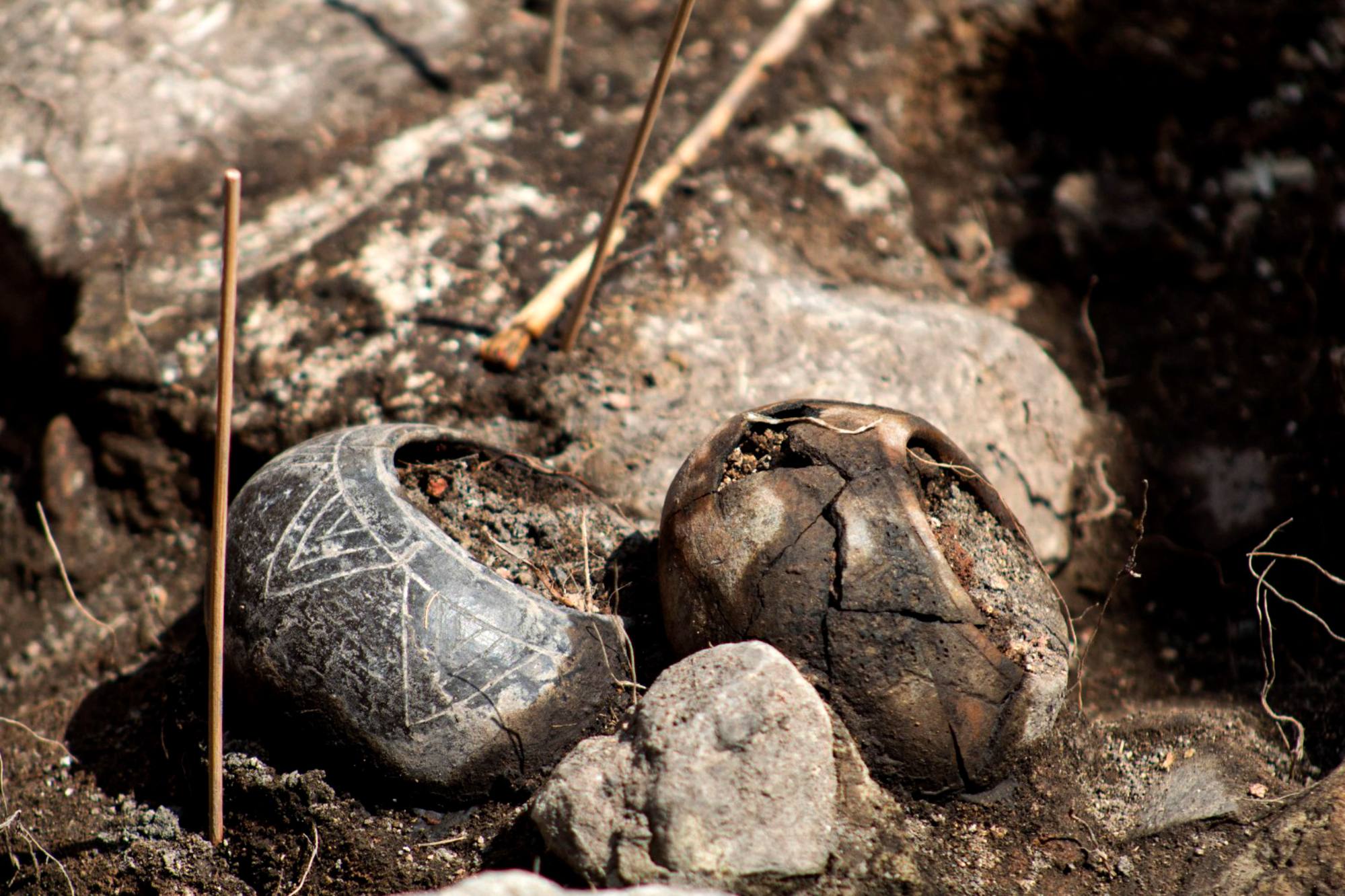The 3,000-year-old unique priest's grave is the first of its kind
Categories: Nálezy nejenom s detektorem kovů v USA, severní a jižní Americe
Archaeologists have discovered a 3,000-year-old elite priest's tomb at the Pacopampa archaeological site in the Cajamarca region of northern Peru. Dating back to the Pacopampa I period between 1200 and 1000 BC, it is a quite exceptional find - the deceased was one of the first Andean priests to dominate the north of the country.
Pacopampa is an important archaeological site on the site of a former sacred ceremonial center, used between 1200 - 500 BC. It is situated at an altitude of 2,500 metres and boasts nine monumental ceremonial buildings made of polished stone. Twelve archaeological sites have already been discovered in the surrounding area. Research has been going on here since the 1930s, when the first amateur archaeologist Rafael Larco Hoyle, whose uncle founded the first museum in Lima, first worked here.
A team of Japanese and Peruvian archaeologists have been working here for many years, most recently discovering a tomb in the shape of a large circular pit, 3 metres in diameter and 1 metre deep. The deceased was placed at the bottom of the pit, with his legs partially bent and he was placed in a south-north direction. Small round ceramic bowls with carved geometric patterns were discovered around the remains, as well as a carved bone shovel and a hand-shaped 'sealing device'. The body and offerings were covered with at least six layers of ash and soil.
Two more 'sealers' were found in the upper layers along the edge of the grave. One has an anthropomorphic face facing east; the other represents a jaguar looking west. Archaeologists assume that the seals were actually paint stamps, used for body painting and intended exclusively for the elite classes of the Pacopampa people.
"He is one of the first priests in the Andes to have a series of offerings in his grave," said archaeologist Juan Pablo Villanueva, who said the context of the burial is intact. "The find is extremely important because he is one of the first priests to dominate temples in the northernAndean temples," Japanese archaeologist Yuji Seki, who has been researching the area continuously for 18 years, told AFP. "The find has helped show that powerful leaders emerged in the Andes so long ago," Seki added.
Last fall, the same group of archaeologists discovered the more than 3,000-year-old tomb of a man they called "Priest Pututos" because it was buried with musical instruments made from shells of that name. These are conch shells, the sound of which is reminiscent of trumpet playing. In 2009, a grave called "Lady of the Pacopampa" from the 10th-9th centuries BC was discovered in the same place, as were the graves of two "priests of the jaguar snake" in 2015. These date from around 700 to 600 BC.
Video
Roman Nemec
Sources: thehistoryblog.com, phys.org, straitstimes.com

A 3,000-year-old priest's grave with offerings in Pocapampa

small round vessels

three seal-like stamps
The article is included in categories: